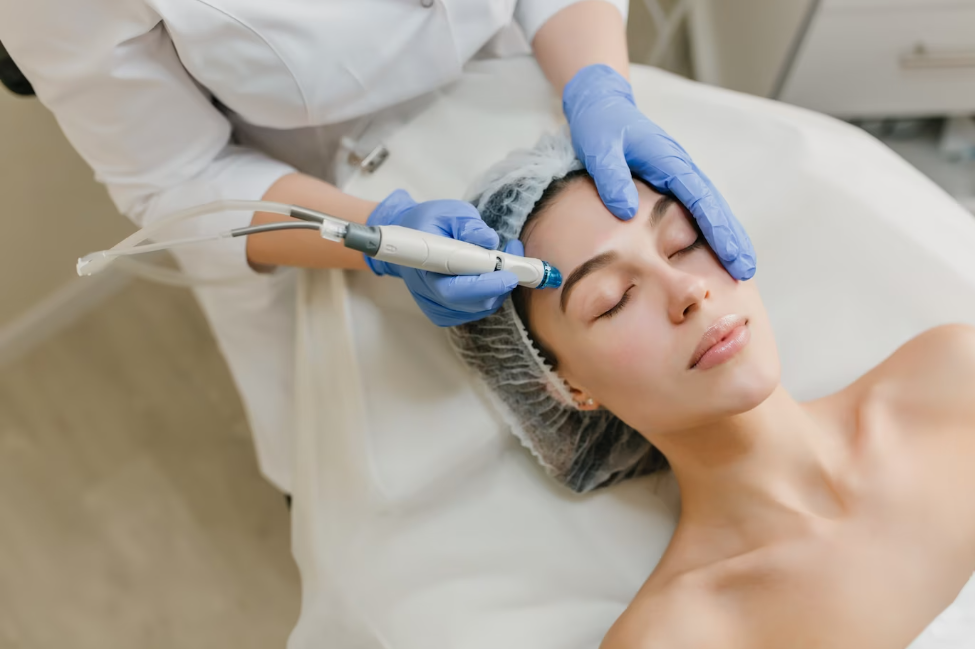Microneedling, a cosmetic procedure that involves using fine needles to create tiny punctures in the skin’s surface, has gained popularity for its potential to improve skin texture and reduce the appearance of wrinkles, scars, and other skin imperfections. Traditionally performed in dermatology clinics or med spas, microneedling is now being explored as an option for at-home use. In this article, we’ll delve into the concept of microneedling at home, its benefits, potential risks, and whether it’s a safe and effective DIY skincare solution.

What is Microneedling?
Microneedling, also known as collagen induction therapy, works by creating controlled micro-injuries in the skin. These tiny punctures stimulate the body’s natural wound-healing processes, including the production of collagen and elastin, which are essential for maintaining skin elasticity and youthful appearance. When done correctly, microneedling can help improve the skin’s texture and firmness.
Microneedling at Home: The DIY Trend
With the advent of home skincare devices and derma rollers, individuals are increasingly interested in trying microneedling in the comfort of their own homes. These at-home microneedling kits often feature needles that are shorter in length than those used in professional settings, which are considered safer for untrained individuals.
Is it Safe and Effective?
While microneedling at home can offer cost savings and convenience, it comes with certain risks and considerations. Safety largely depends on factors such as needle length, hygiene, and proper technique. Shorter needles are less likely to cause harm if used cautiously, but longer needles may carry a greater risk of complications, including infection and scarring.
Effectiveness can also vary. At-home microneedling may provide some improvement in skin texture and mild concerns, but it’s unlikely to deliver the same results as professional treatments with longer needles. For more significant skin issues, consulting a trained dermatologist or licensed professional is recommended.
Conclusion
Microneedling at home can be a convenient way to incorporate skincare into your routine, but it’s crucial to approach it with caution. If you’re considering DIY microneedling, use shorter needles, follow strict hygiene practices, and thoroughly research proper techniques. For more significant skin concerns or when in doubt, seeking the expertise of a professional is the safest route. While at-home microneedling may offer some benefits, it’s essential to prioritize safety and effectiveness to achieve the desired results while maintaining skin health.

